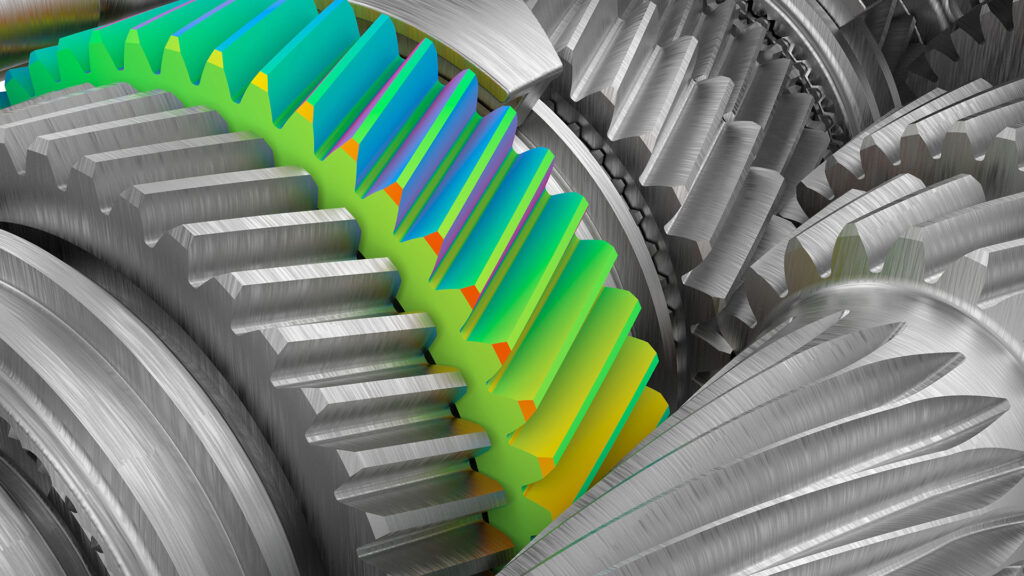In the competitive and highly regulated automotive industry, achieving precision, performance, and safety while maintaining cost efficiency is critical. One of the key tools that help engineers meet these demands is Finite Element Analysis (FEA). FEA plays a crucial role in the design and optimization of automotive molding processes, enabling the development of complex components with high accuracy and structural integrity.
What is Finite Element Analysis (FEA)?
FEA is a computer-based simulation technique used to predict how a product reacts to real-world forces such as heat, vibration, fluid flow, and mechanical stress. By dividing a complex geometry into small, manageable finite elements, engineers can simulate the physical behavior of the entire structure under various conditions.
Importance of FEA in Automotive Molding
1. Design Validation and Optimization
Automotive components, especially those produced through injection molding or compression molding, must meet stringent dimensional and performance standards. FEA allows engineers to:
-
Simulate the behavior of molded parts under stress.
-
Predict areas prone to warpage, shrinkage, or deformation.
-
Optimize mold design before physical prototyping, saving time and costs.
2. Material Selection and Performance Analysis
Different polymers and composite materials behave differently under thermal and mechanical loads. FEA helps in:
-
Evaluating material suitability based on application.
-
Predicting material behavior during and after molding.
-
Ensuring that the selected material will withstand service conditions.
3. Thermal Analysis
Temperature control during molding is critical for part quality and mold longevity. FEA can simulate:
-
Cooling and heating cycles.
-
Heat transfer between the mold and material.
-
Thermal stresses and expansion issues.
4. Flow Simulation
FEA is used in conjunction with mold flow analysis to study:
-
Material flow inside the mold cavities.
-
Potential air traps, weld lines, and sink marks.
-
Optimization of gate placement and runner design.
5. Cost and Time Efficiency
By detecting issues early in the design process, FEA reduces the need for trial-and-error in physical prototyping. This leads to:
-
Faster time-to-market.
-
Lower development and tooling costs.
-
Reduced waste and rework.
Applications in Automotive Molding
-
Exterior parts: Bumpers, grills, and door panels require structural strength and aesthetic precision. FEA helps optimize for both.
-
Interior components: Dashboards, consoles, and air vents are analyzed for comfort, functionality, and crashworthiness.
-
Under-the-hood parts: Heat resistance and vibration analysis are critical for molded engine components and housings.
-
Lightweighting: FEA supports the use of lightweight materials without compromising strength and safety—crucial for fuel efficiency and emissions targets.
Integration with CAD and CAE Tools
Modern FEA tools are tightly integrated with CAD (Computer-Aided Design) and CAE (Computer-Aided Engineering) platforms, allowing seamless transitions between design, analysis, and manufacturing. Software like ANSYS, Moldflow, and Abaqus are commonly used in automotive molding simulations.
Conclusion
FEA has become an indispensable tool in the automotive molding process, enabling the development of high-performance, cost-effective, and reliable vehicle components. By simulating the real-world behavior of parts before they are manufactured, engineers can significantly enhance product quality while reducing development time and cost. As materials and vehicle technologies continue to evolve, the role of FEA in molding will only become more prominent.


